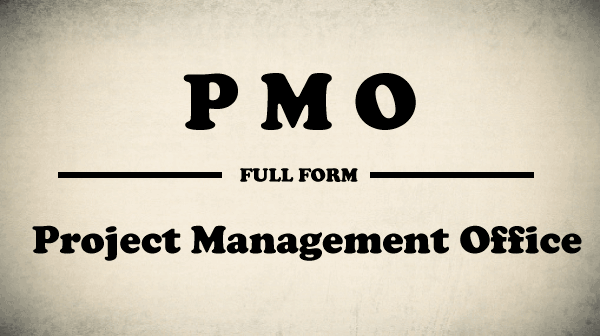What is the full form of PMOPMO: Project Management OfficePMO stands for Project Management Office. For an entire firm or department within a corporation, several projects (multi-project management) are managed by a centralised, permanent organisational unit called a PMO. It could be strategic tasks like helping with project portfolio management. A corporation, government organisation, or other entity that establishes and upholds standards for project management within the organisation is known as a project management office. 
The PMO aims to standardise and implement economies of repetition in the way projects are carried out. The PMO is the source of information on project management and execution procedures, guidelines, and metrics. Project failures can occur for a variety of reasons. Insufficient project planning and estimating account for 30% of project failures, a lack of executive sponsorship accounts for 16%, and poorly stated goals and objectives account for 12%, according to a PricewaterhouseCoopers survey of 1,524 firms. Role of a PMOA small business might be able to get by without a PMO. However, if your company is managing multiple cross-functional projects at once, establishing a PMO should be high on your priority list. A successful PMO would have the perfect combination of people, tools, and processes, depending on the size and scope of the projects. So, the exact role of PMO is -
What does a Project Management office include?A team or division known as a project management office (PMO) develops and upholds organizational-wide standards for project management. The PMO is responsible for developing policies and ideal practices to support operations:
Their primary concerns are the timely completion of projects and the evaluation of the results of the suggested practices. The PMO is always searching for methods to:
How to establish a prosperous PMO
Difference between a PMO and a Project ManagerDespite having similar functional roles, a project manager and a PMO are not the same. A PMO is a group of experts who work on an organisational level, as opposed to a project manager who is one person responsible for a specific project from beginning to end. The responsibilities of a project manager include setting project objectives, collecting data, planning tasks, and controlling expenses, budgets, and resources. The scope and implementation of the PMO are larger. IT, planning, finance, risk management, and resource management experts work together as a multidisciplinary team to ensure that all organisational projects are implemented with high quality and meet their intended goals. To do this, project goals must be mapped out, along with procedures, workflows, techniques, resource restrictions, and project scope. Benefits of a good PMOPMOs are frequently seen as superfluous expenses, yet when used properly, they add value. PMOs add value by:
Next TopicFull Form
|
 For Videos Join Our Youtube Channel: Join Now
For Videos Join Our Youtube Channel: Join Now
Feedback
- Send your Feedback to [email protected]
Help Others, Please Share










